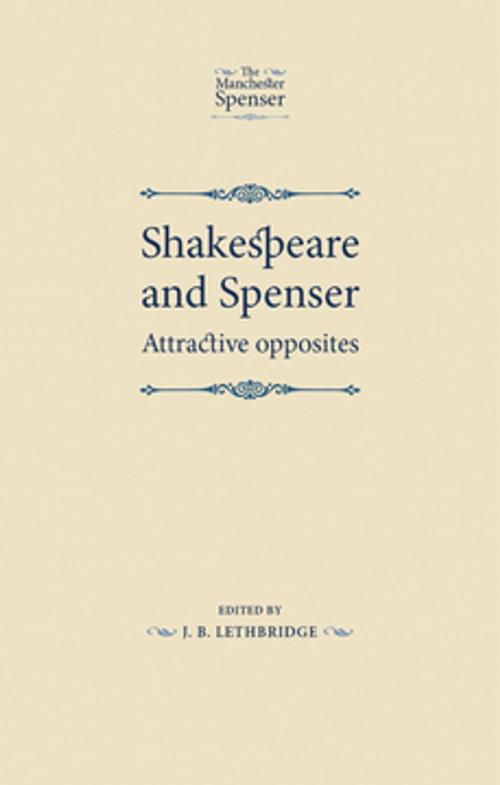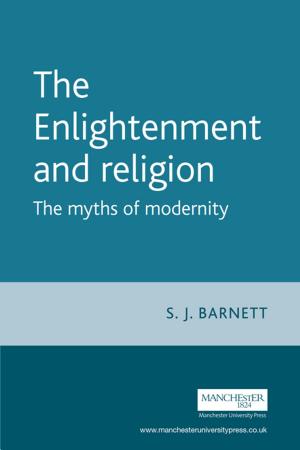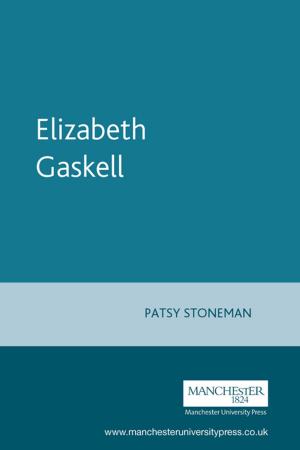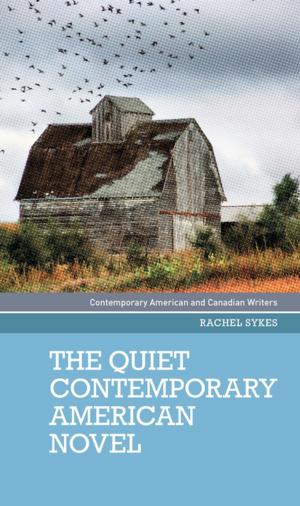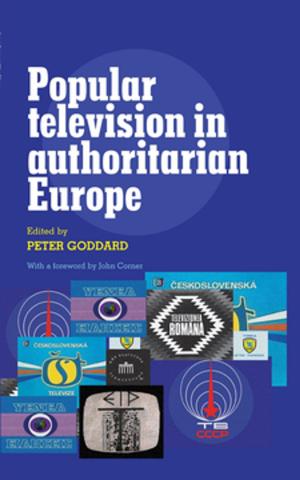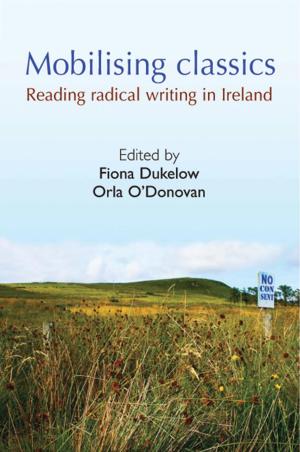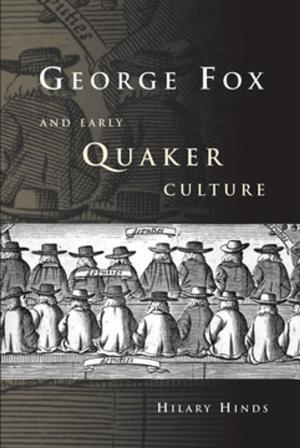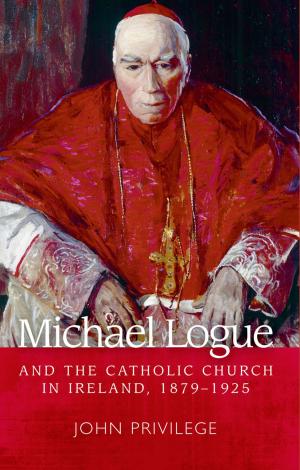Shakespeare and Spenser
Attractive opposites
Fiction & Literature, Literary Theory & Criticism, British, American| Author: | J. B. Lethbridge | ISBN: | 9781847797438 |
| Publisher: | Manchester University Press | Publication: | July 19, 2013 |
| Imprint: | Manchester University Press | Language: | English |
| Author: | J. B. Lethbridge |
| ISBN: | 9781847797438 |
| Publisher: | Manchester University Press |
| Publication: | July 19, 2013 |
| Imprint: | Manchester University Press |
| Language: | English |
Shakespeare and Spenser: Attractive Opposites is a much-needed volume that brings together ten original papers by the experts, on the relations between Spenser and Shakespeare. There has been much noteworthy work on the linguistic borrowings of Shakespeare from Spenser, but the subject has never before been treated systematically, and the linguistic borrowings lead to broader-scale borrowings and influences which are treated here. An additional feature of the book is that for the first time a large bibliography of previous work is offered which will be of the greatest help to those who follow up the opportunities offered by this collection.
Shakespeare and Spenser: Attractive Opposites presents new approaches, heralding a resurgence of interest in the relations between two of the greatest Renaissance English poets to a wider scholarly group and in a more systematic manner than before. This will be of interest to Students and academics interested in Renaissance literature.
Shakespeare and Spenser: Attractive Opposites is a much-needed volume that brings together ten original papers by the experts, on the relations between Spenser and Shakespeare. There has been much noteworthy work on the linguistic borrowings of Shakespeare from Spenser, but the subject has never before been treated systematically, and the linguistic borrowings lead to broader-scale borrowings and influences which are treated here. An additional feature of the book is that for the first time a large bibliography of previous work is offered which will be of the greatest help to those who follow up the opportunities offered by this collection.
Shakespeare and Spenser: Attractive Opposites presents new approaches, heralding a resurgence of interest in the relations between two of the greatest Renaissance English poets to a wider scholarly group and in a more systematic manner than before. This will be of interest to Students and academics interested in Renaissance literature.
